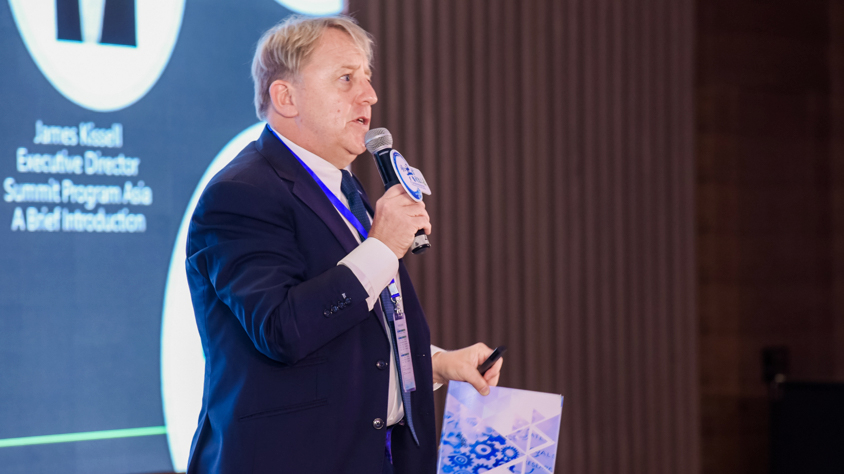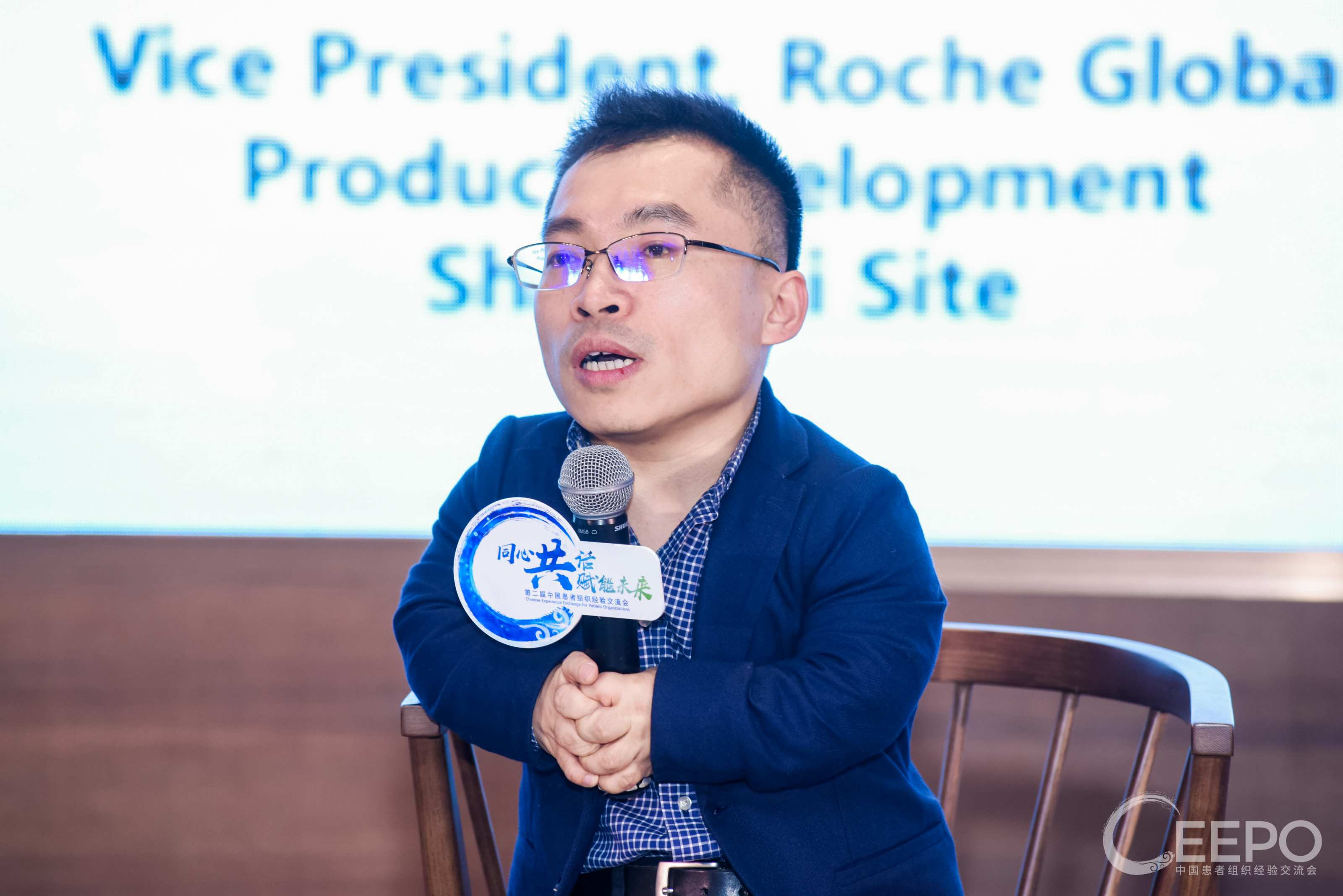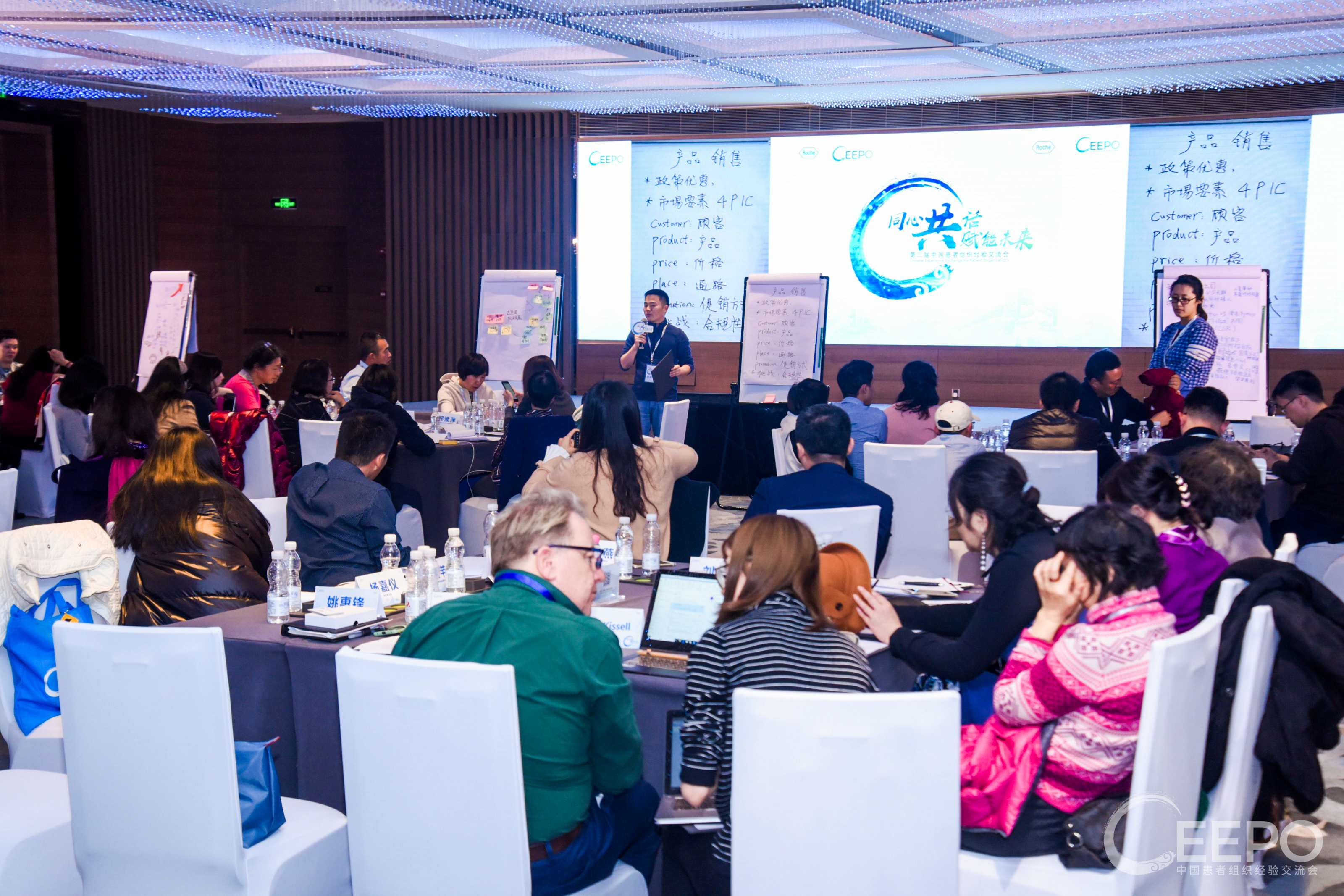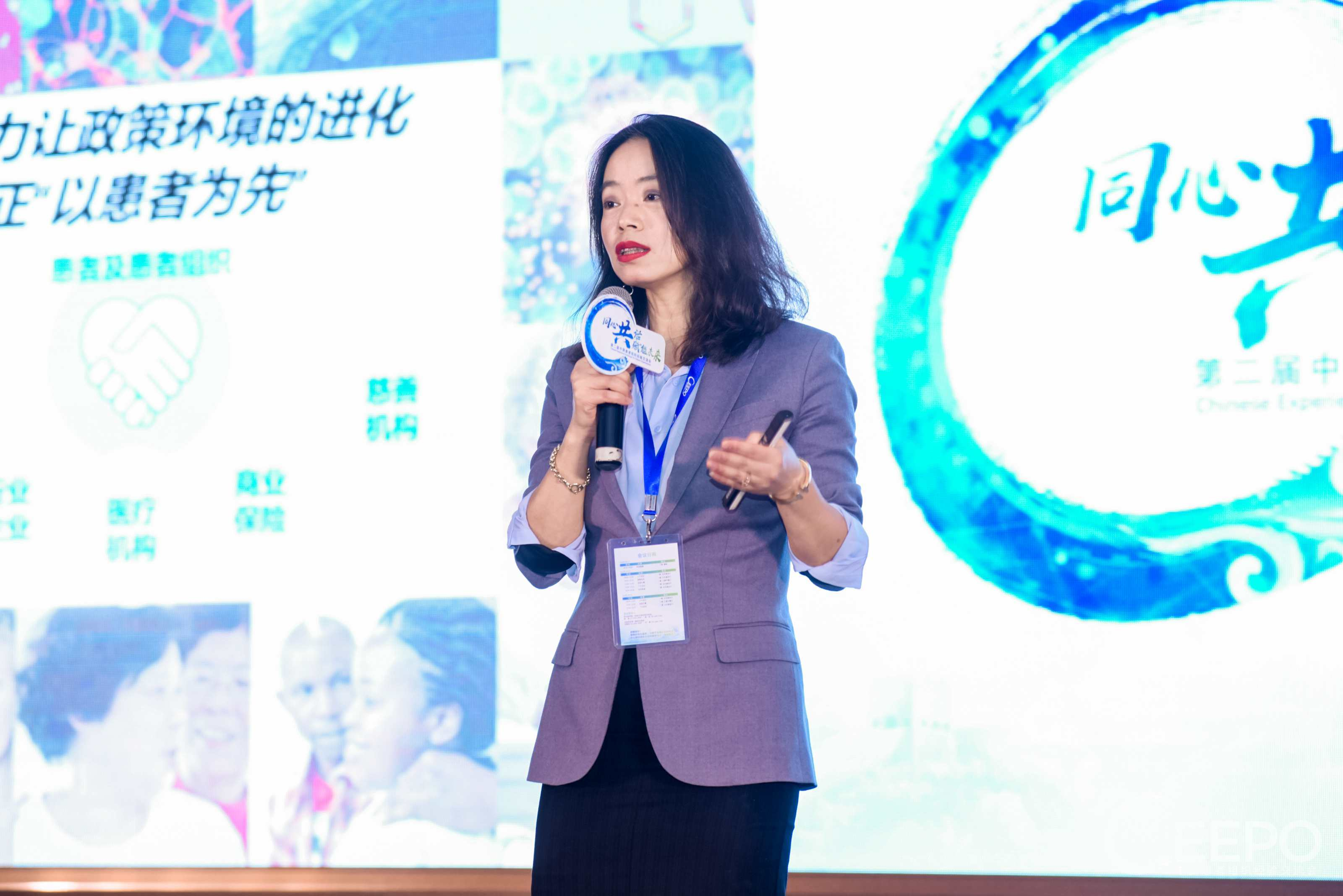02:12

Representatives from over 50 patient organizations from home and abroad gathered in Beijing this week to exchange experiences and engage in drug research and development, so as to improve drug accessibility and benefit more patients.
Event participants stressed the importance of patient engagement into the entire drug life cycle, ranging from early research and clinical trials to review and approval of new drugs.
Global experience shows patient engagement can promote drug research and development and objectively influence government decision-making, thereby improving drug accessibility. The earlier patients participate in the process, the more their views and demands will be considered in designing clinical studies. This will help improve the quality of life of patients and clinical researches, and eventually improve the success rate of drug development.
A survey by The Economist magazine indicates that in the second or third phase of clinical trials of all diseases, the success rate of medicine eventually hitting the market is 18 percent higher in patient-centered clinical trials on average than in the ordinary clinical trials.
"It's now proving to be a time when patient group engagement is becoming more and more critical. As we see the need for patient centricity and involvement of patients in developing new and exciting therapies, the need for patient engagement is becoming greater and greater," said James Kissell, director of Rare Cancers Australia, an organization committed to bringing affordable and equitable cancer medicines to rare cancer patients in Australia.
Patient organizations, which originated in the West, are organizations that promote the needs and priorities of patients. Their work includes supporting research, promoting awareness and educating the community about different diseases.
Chinese patient groups participating in the event cover various diseases, including cancer, rare diseases, transplantation and nervous system diseases. Many say they aim to play a bigger role; to either serve as a loudspeaker or a bridge to link patients with both pharmaceutical companies and the government.

Kevin Huang, founder of Chinese Organization for Rare Disorders, speaks at the event. /CEEPO Photo
Kevin Huang, founder of Chinese Organization for Rare Disorders, speaks at the event. /CEEPO Photo
Kevin Huang, a rare disease patient himself, is the founder of Chinese Organization for Rare Disorders (CORD).
Established in 2013, the organization now serves more than 50,000 families nationwide and covers over 100 different types of rare diseases.
According to a report published by CORD, currently 90 percent of rare diseases globally have no corresponding treatment plans yet. Chinese patients with rare disease, who mainly depend on imported medicines, especially suffer from drug shortages. Accelerating the drug research and development for the country's 16.8 million rare disease patients is an urgent task. He believes patient groups can contribute more to help achieve this goal.
"We have and manage a large number of patients, and can cooperate with scientific researchers and clinicians to do research and make our contributions in this regard. We can also help recruit patients for clinical research projects, and advocate the government to speed up approval of drugs. In the registration and approval stage, patient organizations can appeal from the perspective of patients rather than pharmaceutical companies, which may be more acceptable to the government and the society. All these are the values of patient groups," he said. But he also points out that Chinese patient organizations are still in their infancy and their level of expertise needs to be improved.
Real-world data: Competitiveness of patient organizations
How to make better use of big data to boost drug development is another hot topic among event participants. Different from clinical data of the research institutions, the real-world data collected by patient groups from patients on their treatment feelings, life quality and economic burdens, can reflect the real scenarios of drug use by patients.
These data, translated into real-world evidence, could become the "hard core competitiveness" of patient organizations. They can be used to assist research institutions for drug development more directly, as well as to help regulators to better understand the effectiveness of drugs.

Patient group representatives share experiences. /CEEPO Photo
Patient group representatives share experiences. /CEEPO Photo
"By having patient organizations involved in data generation, especially to show in real clinical settings, as to what kind of effectiveness the drug can bring to patients, we can generate data much faster and bring more valuable data to the government for decision-making," said Joyce Li, Vice President of Roche China Medical Affairs.
Patient centricity: Everything done for patients should be done with patients
The event is sponsored by Swiss pharmaceutical company Roche with the aim to provide a communication platform and uplift the capability of Chinese patient organizations. The company has organized international experience exchanges for patient organizations for 11 years. It's the second time that Roche has held such activity in China.
The pharmaceutical giant believes involvement of patient organizations in drug development is vital for achieving its mission of providing personalized healthcare solution for patients. Roche is working with local lymphoma patients for recruiting some of them for clinical trials. Through this, Chinese patients are expected to have early access to the newest and most innovative treatment.

Joyce Li, Vice President of Roche China Medical Affairs, speaks at the event. /CEEPO Photo
Joyce Li, Vice President of Roche China Medical Affairs, speaks at the event. /CEEPO Photo
"Personalized healthcare means patients can get the most appropriate treatment at the most appropriate time. By having patients' input in the whole life cycle management, pharmaceutical companies have a chance to understand the kind of outcome we can deliver to patients, and bring the information to the design of the clinical trials as well as for the education of the patients and physicians. It can benefit both patients and pharmaceutical companies," said Joyce Li. "Everything done for patients should be done with patients," she added.